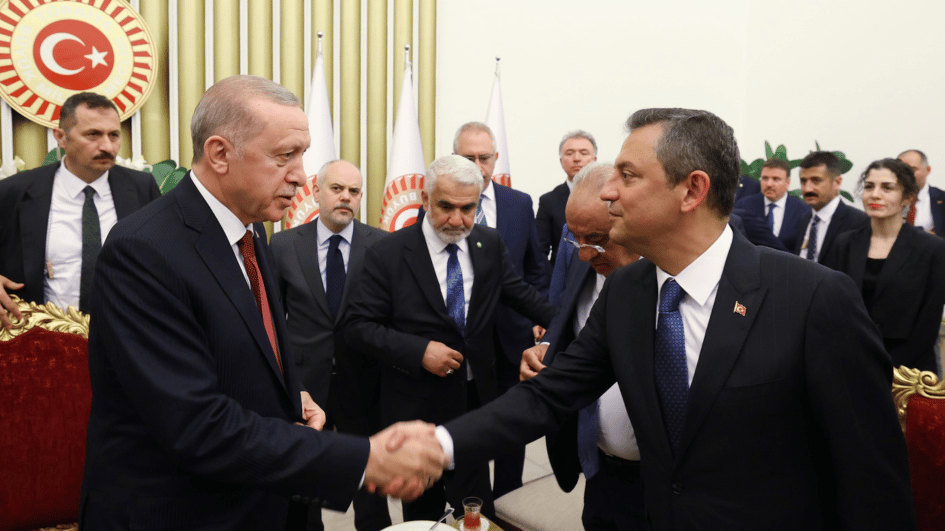Turkey’s Central Bank prepping to cut rates
As widely expected, the Central Bank kept its policy rates constant at its Oct. 23 rates meeting.
Analysts interpreted the move as proof of its tight stance, but I’d argue that the Bank was prepping for an early rate cut with its other actions this week.
It is no secret that the Bank is faced with quite a bit of pressure to lower rates. Even though the rise in global interest rates would warrant higher domestic rates next year, most analysts expect them to reduce rates to support growth when inflation starts falling early in the year because of base effects. I see the Bank’s decisions this week as a preparation for this risky move.
For example, the Central Bank announced on Oct. 20 that the limit for export rediscount credits was being increased from $12 billion to $15 billion, and their cost reduced by 0.2 percentage points. These credits are extended to exporters in the Turkish Lira, to be paid back in foreign currency. The system is a simple way for the Central Bank to increase its reserves, which are expected to rise by $13 billion though the scheme this year.
Then, on Oct. 21, the Bank officially announced, as Governor Erdem Başçı had revealed before, that it would start paying remuneration on lira required reserves. Banks with core liability ratios (the ratio of deposits and equity to loans) equal to or higher than the sector’s average will be remunerated at 5 percentage points below the weighted average cost of Central Bank funding, and others at 7 percentage points below.
It is important not to set the bar too high: The impact of both policies will be marginal. For example, exporters are not constrained by credit costs, but by competitiveness pressures, which are aggravated by an appreciating real exchange rate, mainly due to the inflation differential between Turkey and its peers.
Similarly, bank analysts calculate the impact of the remuneration scheme on banks’ liquidity to be on the order of 200-300 million liras and on their funding costs 0.15 to 0.40 percentage points. The figures will of course rise if the average funding cost goes up, but you should not see this as a game-changer for the banking sector.
The Central Bank is also hoping that the scheme will fix its broken reserve option mechanism (ROM), whereby banks are allowed to hold some of their lira reserves in foreign currency. Banks were supposed to use these reserves when they were scrambling for foreign currency, but in a paper that was “curiously” released only a couple of hours before the remuneration was announced, the Bank admitted that ROM had not really worked as such an automatic stabilizer mechanism.
By providing an extra incentive to hold lira reserves, the Bank is hoping to induce banks to release their foreign currency reserves when there are pressures on the lira. But you should not expect too much from ROM. At the end of the day, it will again boil down to - just like at the end of January - whether the Bank will be able to raise interest rates.
When that time comes, the ability of Başçı and economy tsar Ali Babacan to convince President Recep Tayyip Erdoğan on the need to hike rates will be much more vital than such creative measures.










